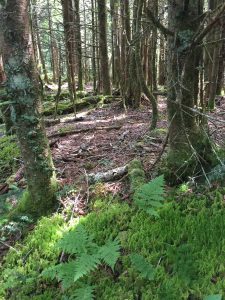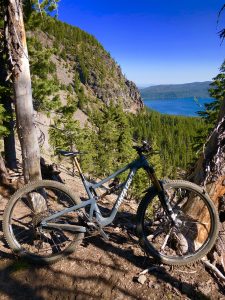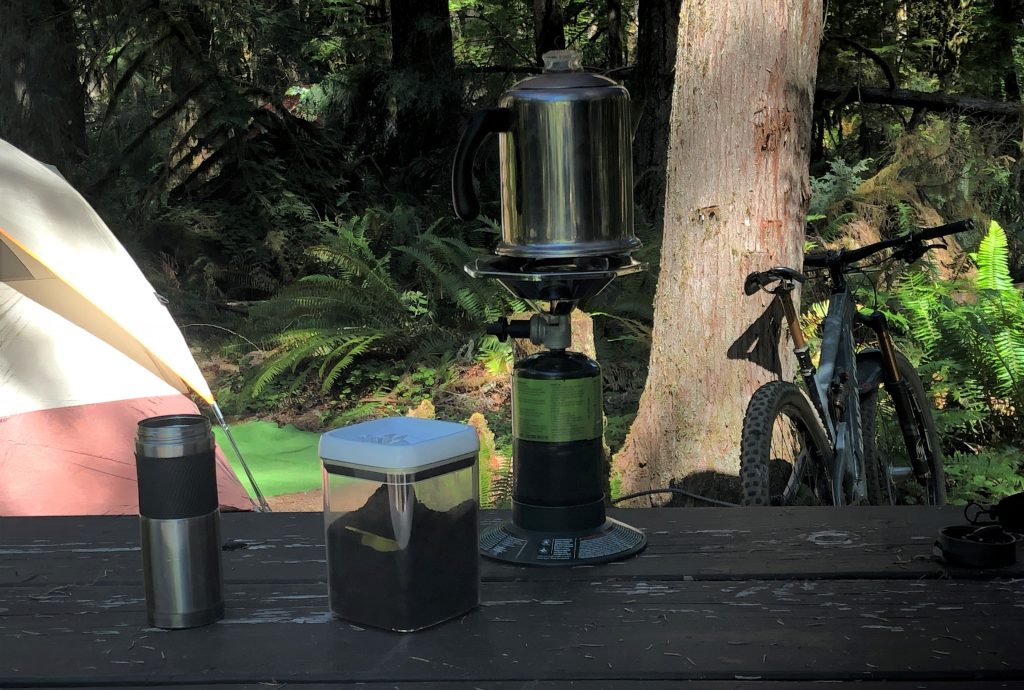
When car camping in national parks and other federal lands we enjoy unspoiled natural areas. These special places are largely preserved for conservation purposes. Here in the United States, we also protect and preserve them for the benefit and enjoyment of the people.
Chris & Mac
We outventure to help you outventure!
Support Grey Otter Outventures!
Please help us continue to bring you great content:
When car camping in national parks and other federal lands we enjoy unspoiled natural areas. These special places are largely preserved for conservation purposes. Here in the United States, we also protect and preserve them for the benefit and enjoyment of the people.
CAR CAMPING: WHY IN NATIONAL PARKS AND OTHER FEDERAL LANDS?
Most federal lands are well suited for car camping. Campgrounds and campsites are generally well maintained and accessible to automobiles. Sites located in more remote areas often require four-wheel drive or high clearance vehicles.
CAR CAMPING IN NATIONAL PARKS
Car camping in national parks is a popular way to experience them. Subsequently, plan to reserve during busy summer months. Furthermore, competition for sites electric and water is fierce. Do your homework and do it early if you want these in site amenities. Campground amenities like flush toilets and showers are typically available in national park campgrounds, but many sites in these parks forego in site water. These campgrounds supply central locations for potable water instead. Additionally, some don’t have electric. Again, if this matters then book early.
CAR CAMPING IN NATIONAL MONUMENTS
National monuments are great places for more primitive car camping OUTventures. For example, primitive campsites lack in site amenities, but restrooms and potable water are often available nearby. Pit toilets are common, but if flush toilets are present then shower facilities often are as well. Dispersed camping has small sites which work well for car camping. Often free to use, extremely popular or sensitive areas may require a permit.
CAR CAMPING IN NATIONAL FORESTS
National forests offer abundant opportunities for car campers seeking solitude. More remote, we travel over rough, unpaved roads. Smaller cars lacking clearance or four-wheel drive may have difficulty accessing some of these spots. These lands are set aside for timber, water, wildlife, grazing, and outdoor recreation. Accordingly, the land is minimally managed, and sites are negligibly developed, providing at most a picnic table and a fire ring. Nevertheless, potable water and pit toilets are generally available. In contrast, dispersed campsites are not developed and offer no amenities. When camping in dispersed sites, please choose a previously used site to help minimize the impact on the land. Extremely popular or sensitive areas may require a permit to access.
CAR CAMPING NOT ALLOWED IN WILDERNESS AREAS
Wilderness areas are special areas set aside within national forests. They are strictly for non-mechanized recreation. With limited exceptions, motorized equipment and equipment used for mechanical transport is prohibited. As such, cars are not allowed. Contact the Forest Service office in charge of the wilderness area in question for more information.
CAR CAMPING IN OTHER NATIONAL LANDS
Lastly, public lands managed by the Bureau of Land Management provide additional opportunities for car camping in pristine places. Like national forests, these areas are mostly remote. These lands are set aside for conservation, recreation, and sustainable development of energy and national resources. Both developed campgrounds and dispersed camping are available. Amenities are like those found in national forests. Extremely popular or sensitive areas may require a permit.
CAR CAMPING: WHERE & HOW ON FEDERAL LANDS?
The United States has 61 national parks and 129 national monument sites. National forest and wilderness areas protect another 154 forest and 20 grassland sites. In addition to these, the Bureau of Land Management manages another 254 million acres of land. Happily, many of these lands are both accessible to and appropriate for car camping.
National lands generally require a fee to access and use. Purchasing a National Park Pass (known as the America the Beautiful Pass) is extremely cost effective. Many parks charge $35 or more per day to visit, whereas the cost of an annual America The Beautiful pass is $80. Seniors can purchase this pass for $20, or they can purchase a lifetime pass for $80. The pass pays for itself in no time if you spend more than a few days in federal fee areas in a year. Please note that fees quoted herein are always subject to change.
Where permits are required for use or access, they are often free. Car camping in developed campgrounds is not free, but dispersed campsites on federal lands are always free.
Find National Parks of the United States here.
National Monuments of the United States are listed here.
Locate National Forest areas for CAR Camping here.
Find BLM Lands for CAR Camping here.
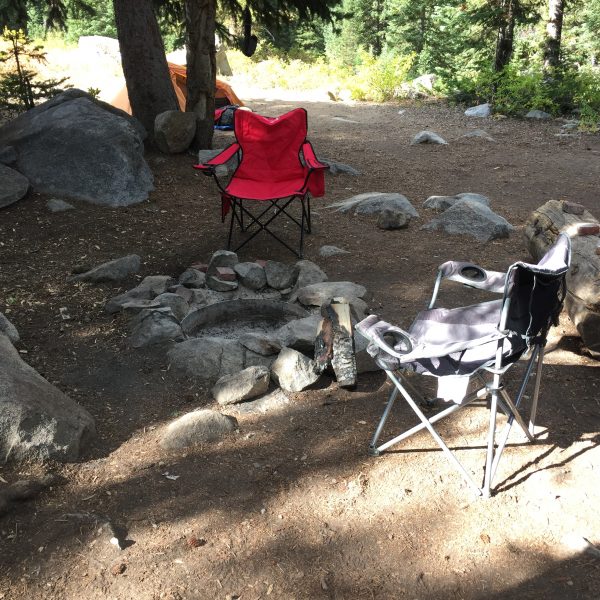
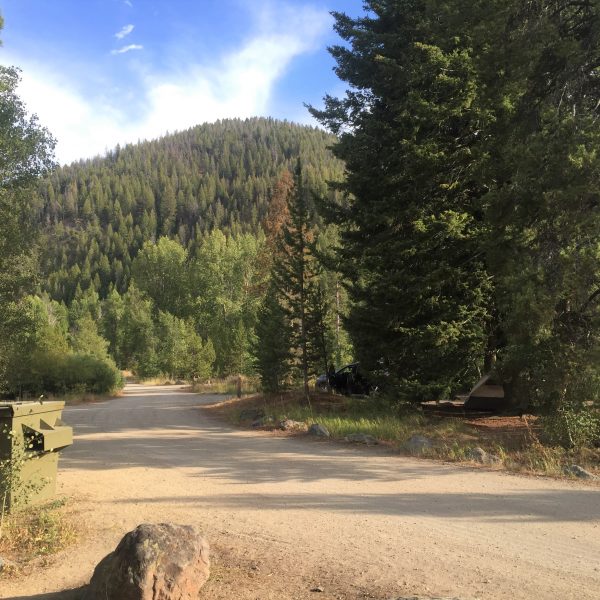
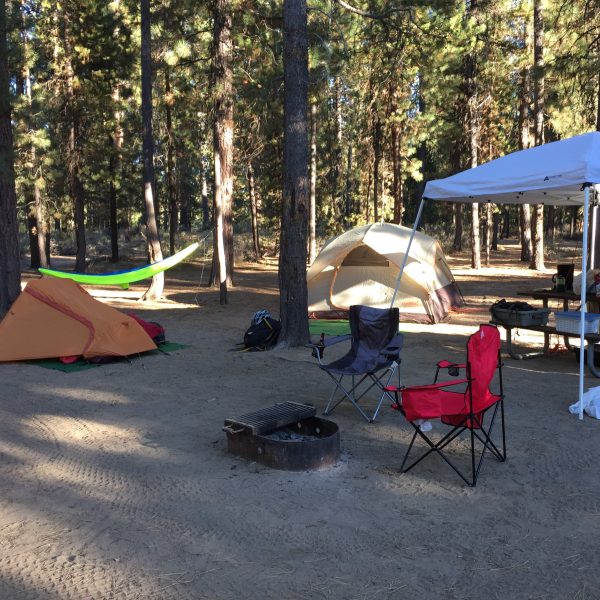
SAFETY DISCLAIMER: The activities discussed in this website are outdoor activities and, as such, have inherent risks to which participants are exposed. It is not the intent of this website, nor is it possible due to the variability of weather, terrain, equipment, and experience, to detail all of those risks. The information contained in this site is informational, but not instructive nor exhaustive. It is the sole responsibility of the user to ensure he/she is in good health, fully prepared, and fully informed as to dangers before undertaking any of the activities discussed in this website and the user does so at his/her own risk. The user understands that by using this website he/she acknowledges and accepts all risks associated with use of information from this website and participation in any particular activity addressed herein. Please see “Terms of Use” for additional information.
Want to share this article with your friends? Click on the share button below:
Want more?
Get the latest outventure updates by following us on social media . . .

